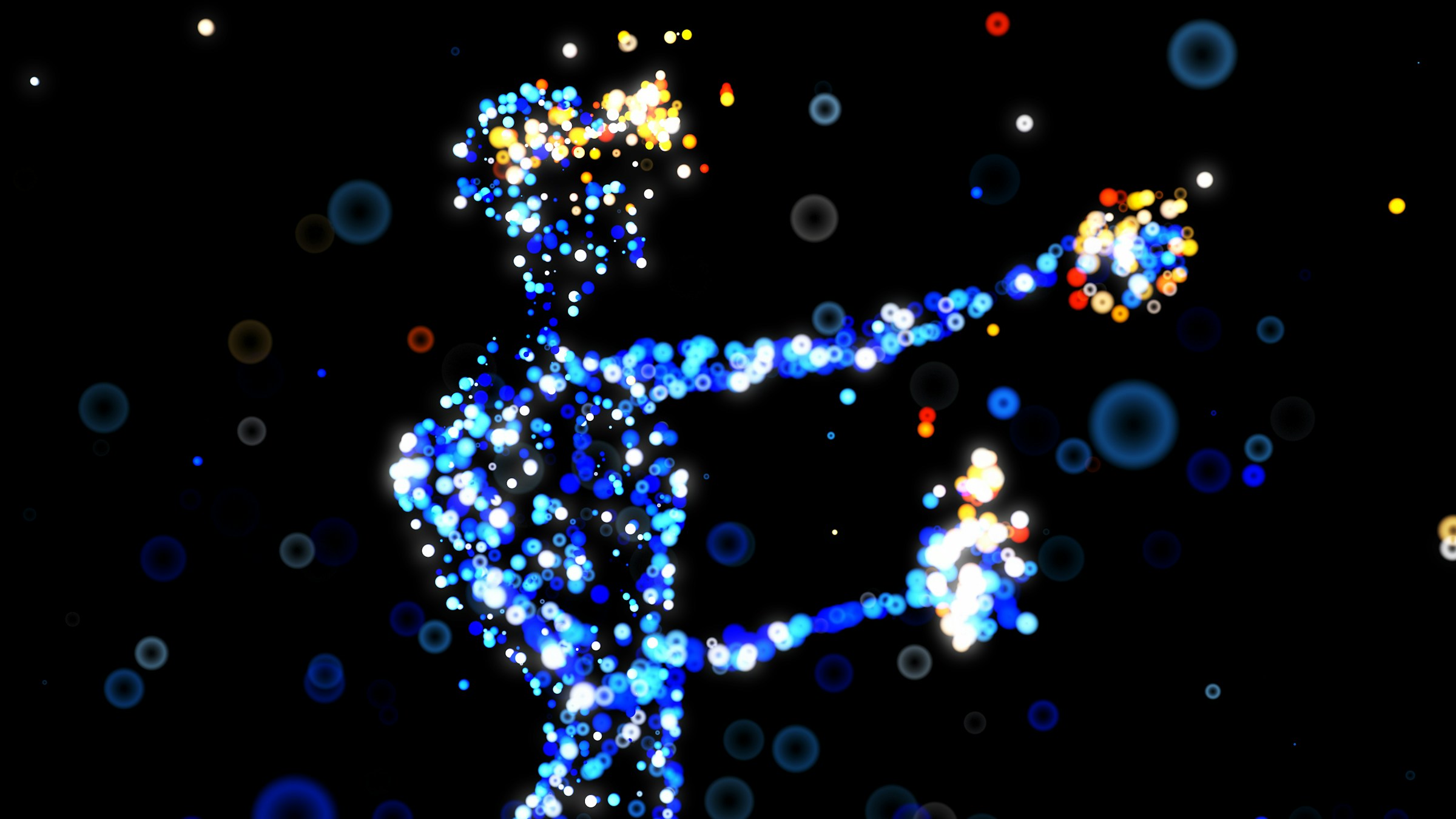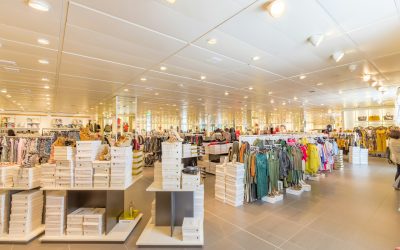The building and construction industry has made leaps and bounds to improve its systems and practices throughout the years. It has looked toward sustainable building practices and materials for years now, and has started to turn toward technologies that can streamline or improve the process.
However, that’s on the construction company side. Those companies are constantly striving to make their client experience better, too. One of the newest tools for improving the client experience is virtual reality.
Table of Contents
What is Virtual Reality?
Everyone knows what it is! Virtual reality, or VR, is a simulated experience which employs 3D near-eye displays, along with ‘pose tracking,’ to give the user an immersive experience of a virtual world.
When it comes to building and construction, virtual reality is a great way for everyone involved in a project to get a more tangible feel of the project as it will unfold, as well as how it will be used once complete.
Why Use Virtual Reality?
There are many reasons to use VR on your next construction project. We’ll discuss some of them in this article.
Realistic Experience
Sometimes, 2D drawings or even 3D, real-life models may not be enough for some users to understand how the building will work. They need to experience it to fully understand. In this past, this wasn’t possible, but with the advent of VR, we can now offer an immersive ‘just like being there’ experience.
The VR user can open doors and windows, walk around, and experience the space as they will once the building is ready to be occupied. It brings a greater understanding to the project by all involved.
Pre-Construction Analysis
What’s drawn on the blueprint may not work in the real world. By creating a VR walkthrough, clients can experience their building ‘first hand’ and identify issues early in the design process so they don’t become costly headaches later.

When VR is used for this pre-construction planning and visualization, companies can optimize construction sequences and logistics for a smoother project execution.
Improved Communication
A picture is worth 1,000 words, but a VR experience is even better. While 2D blueprints can reflect measurements and placement, the ability to experience those measurements and placements shows the project in action.
The complex designs involved in large building projects involve many stakeholders. With a VR walkthrough, design concepts can be more easily understood by everyone involved.
Greener Construction
We’ve covered a number of ways to make your construction project and the final product greener. Implementing green roofs, using sustainable building materials, and other means and methods have made commercial building a safer, greener process over the years.

VR allows designers to simulate energy performance in order to optimize building systems for efficiency. The more efficient the system, the less environmental impact, the greener the project.
More Than a Spacial Experience
In a VR simulation, the presentation can include more than just a 3D model to walk through. VR can be used to assess proportions, lighting, and the ergonomics of a space more accurately than 2D drawings or static 3D models.
Increased Safety
Employees and clients alike can benefit from VR in the building and construction industry. Some companies have begun to use it for training purposes, including training in on-site safety procedures. Playing out a scenario in ‘reality’ gives users the tools they need to understand potential safety risks and work to avoid them, or respond properly when one occurs.

Reduced Revisions
The process for creating a static 3D model is long and tedious, not only in the time it takes, but also the effort. When architects and designers create these models, it typically occurs over weeks with numerous occasions of fine-tuning, revision, and multiple visits to the building location for absolute precision. When things change, the model needs to be scrapped and redone.
With a VR walkthrough, those revisions can be made right in the project file and the model reconfigured in much less time. A VR walkthrough allows the design team to virtually navigate an existing or projected structure with a more detailed and accurate sense of space without multiple site visits.
A Better Bottom Line
Measure twice, cut once isn’t the only way to reduce waste on a jobsite. A VR walkthrough during the planning stages can offer a more accurate prediction of materials needed and when. VR can help optimize the use of materials and labor by offering the ability to plan and predict for their utilization.

Better utilization means less waste of time and materials, resulting in a better bottom line for all involved by the end of the project.
Cons to VR in Commercial Construction
With the good always comes a little bit of bad. You may be ready to jump on the VR bandwagon, but you need more than excitement and a willingness to try something new.
Cost
As with implementing any new strategy or technology, there is an up-front as well as a monthly or annual cost. You’ll have to purchase equipment. You’ll need:
– The VR headset
– Controllers (often included with the headset)
– Software
– Possible computer system upgrades (to handle new hardware and software)
Training
Not everyone knows how to use VR systems. When implementing a VR system for employee and client use during projects, you’ll need to have a trained, experienced staff member who can help guide those without experience.
Training costs may come in the form of the manual that comes with the software or hardware (or purchased separately), but it also includes the time it takes for an employee to learn said information. Learning the new information takes away from that employee’s other tasks, like helping to build the static 3D model, evaluating blueprints, communicating with building officials, and more.
Employee or Client Resistance
You may be ready to embrace this technological advance in the building and construction industry, but many more are not. Those who have never had a VR experience may be wary, or flat out refuse to utilize this new and extremely helpful tool.
You can help mitigate such responses by easing in, providing information and education and being open to feedback. While change is imminent out in the world, the resistance to change on a personal level is more difficult to overcome. Be patient, and show everyone how it will benefit your and their business in the long run.
Final Thoughts
These are just some of the things to consider when you decide to implement a VR component to your workflow. The staff at Structr Group can sit down and help you evaluate your personal pros and cons to help decide if VR is right for you.
Contact us today!





0 Comments